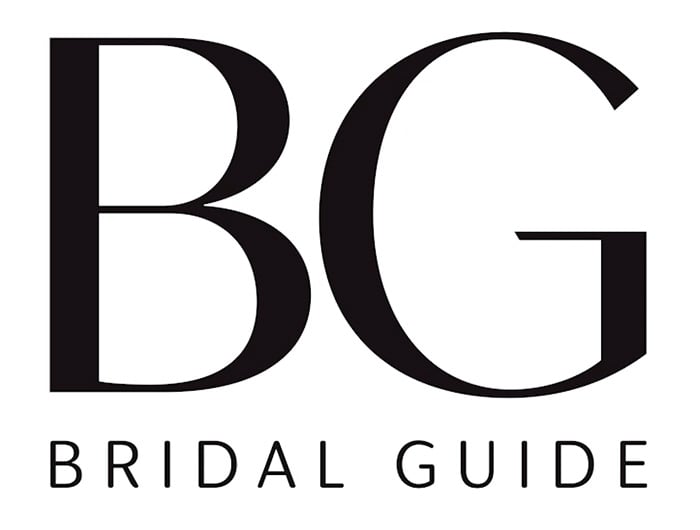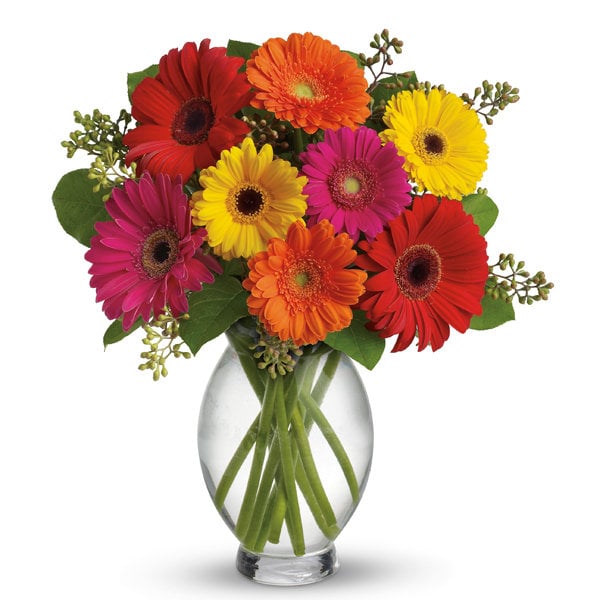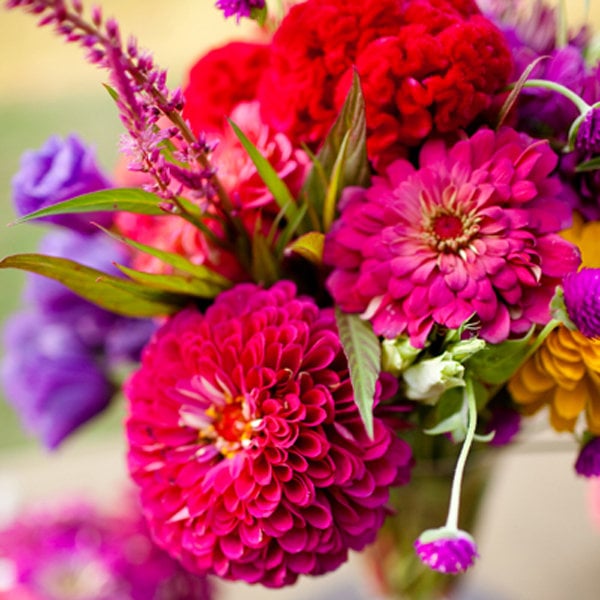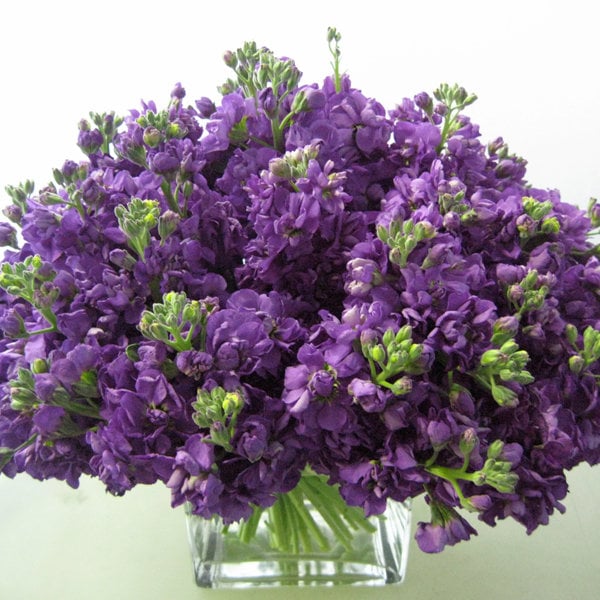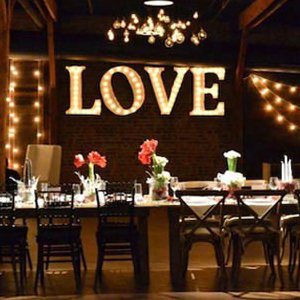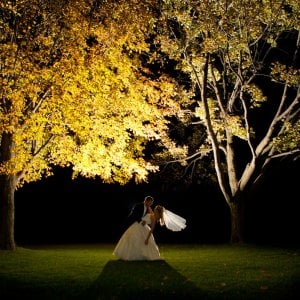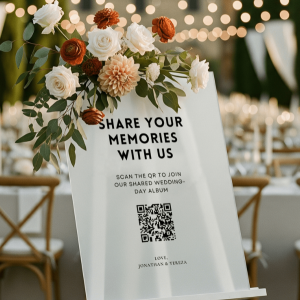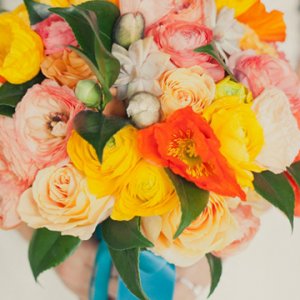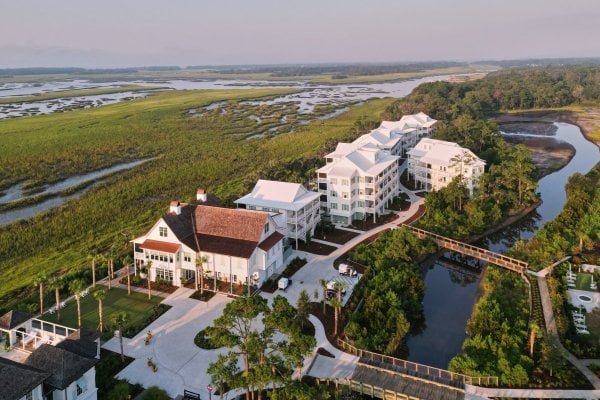Explore the best wedding flowers in season—from spring's peonies to winter's elegant blooms. This guide helps you select fresh, vibrant, and sustainable flowers.
By: Bridal Guide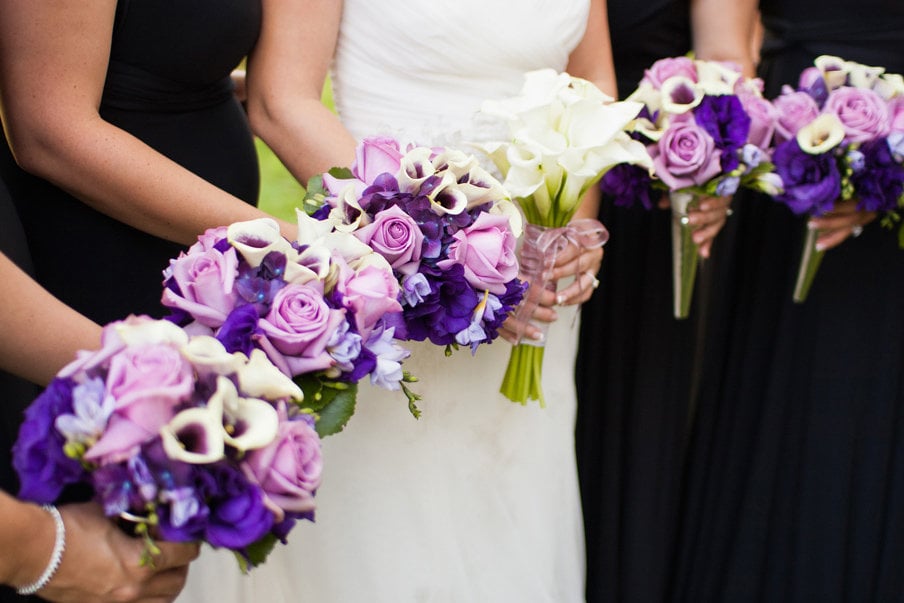
Whether you're envisioning a romantic spring ceremony, a vibrant summer celebration, or an elegant winter wonderland, understanding which flowers are in season can make all the difference. It's not just about aesthetics; opting for seasonal blooms offers a host of benefits, from freshness and cost-effectiveness to supporting local growers.
This guide will walk you through the delightful world of in-season flowers, helping you navigate your choices for your special day.
Why Choose In-Season Flowers for Your Wedding?
While it might seem tempting to have any flower you desire available year-round, nature has its own rhythm. Embracing seasonal flowers for your wedding can offer several wonderful advantages:
- Fresher, More Vibrant Blooms: Flowers grown and harvested in their natural season are at their peak. This means they're often more robust, have richer colors, and boast a longer vase life, looking their absolute best on your wedding day.
- Cost-Effectiveness: When flowers are in season, they are typically more abundant and easier to source. This increased supply often translates to lower prices, helping you stretch your wedding budget further. Trying to source an out-of-season flower can be costly due to import fees, special growing conditions, and limited availability.
- Sustainability and Local Support: Choosing in-season flowers often means you're supporting local growers, reducing the carbon footprint associated with long-distance transportation. It's an eco-conscious choice that benefits the environment and your community.
- Wider Availability and Variety: During their peak season, certain flower types are available in a much broader range of colors, sizes, and specific varieties than they would be off-season. This gives you more options to perfectly match your wedding vision.
- Authenticity and Theme: Seasonal flowers naturally complement the atmosphere of your wedding month. Imagine a lush bouquet of peonies for a spring wedding or rich dahlias for an autumn celebration – it just feels right!
While you can often get almost any flower imported year-round thanks to global greenhouses, opting for in-season blooms ensures you're working with nature's best.
When is the best season for flowers?
While this is extremely subjective depending on your taste, summer is prime time for flowers because June, July, and August offer the greatest diversity and abundance of blooming flowers.
Flowers by Season: A Bride's Guide
Let's explore the floral delights each season brings, perfect for inspiring your wedding décor.
Spring Flowers: Fresh Starts and Gentle Hues
Spring is truly the season of new beginnings, and its flowers reflect this with delicate beauty, soft pastels, and invigorating freshness. It's a popular time for weddings, and the floral options are abundant and charming.
Popular Spring Flowers:
- Tulips: Available in countless colors and varieties, from classic single blooms to elegant parrot tulips.
- Daffodils: Cheerful and bright, offering a sunny touch.
- Hyacinths: Known for their intoxicating fragrance and dense, spiky blooms.
- Ranunculus: Layered, delicate petals create a romantic, rose-like appearance.
- Anemones: Striking blooms often with a dark center, perfect for a chic touch.
- Sweet Pea: Fragrant, ruffled blooms that add a whimsical, airy feel.
- Peonies: (Late Spring) Highly coveted for their lush, full blooms and soft fragrance, often seen as the epitome of a romantic wedding flower.
- Cherry Blossoms: (Early Spring) While not typically used as cut flowers in arrangements, their branches are stunning for décor.
- Freesia: Delicate and highly fragrant.
- Lily of the Valley: Tiny, bell-shaped, and incredibly fragrant, often a symbol of purity.
Summer Flowers: Bold Colors and Abundant Blooms
Summer brings an explosion of color and variety, making it a fantastic time for lush and vibrant floral arrangements. This is peak wedding season, and the availability of flowers reflects the abundance.
Popular Summer Flowers:
- Roses: A classic choice, available year-round but at their peak in summer, with endless varieties, colors, and fragrances.
- Hydrangeas: Large, billowy blooms that fill out arrangements beautifully, available in shades of blue, pink, purple, and white.
- Dahlias: (Late Summer) Incredible variety in size, shape, and color, from delicate pompons to dinner-plate giants.
- Sunflowers: Iconic for their cheerful disposition and bold presence, perfect for rustic or outdoor weddings.
- Zinnias: Bright and cheerful, available in a wide range of colors.
- Cosmos: Daisy-like flowers that add a whimsical touch.
- Lisianthus: Elegant, ruffled blooms resembling roses or poppies.
- Delphiniums: Tall spires of blue, purple, or white flowers, adding height and drama.
- Lavender: Fragrant and beautiful, perfect for a natural, rustic feel.
- Gladiolus: Tall, striking blooms that make a statement.
Fall Flowers: Rich Tones and Textured Beauty
As the leaves change, so does the floral palette. Fall flowers embrace rich jewel tones, warm earthiness, and interesting textures, creating sophisticated and cozy arrangements.
Popular Fall Flowers:
- Chrysanthemums (Mums): Available in an incredible array of colors, sizes, and shapes, from delicate button mums to large decorative varieties.
- Dahlias: Continue to bloom well into the fall, offering their diverse beauty.
- Sunflowers: Still going strong in early fall, adding a touch of rustic charm.
- Celosia: Unique, textured blooms often resembling velvet plumes or brains, adding intriguing dimension.
- Asters: Daisy-like flowers that provide pops of purple, pink, and white.
- Solidago (Goldenrod): Adds a vibrant yellow filler.
- Ornamental Cabbage/Kale: Provides unique texture and color, especially in cooler tones.
- Berries: Hypericum berries, privet berries, and rose hips add depth and texture.
- Fall Foliage: Branches with vibrant autumn leaves are a beautiful, natural addition.
Winter Flowers: Elegant Resilience and Unexpected Beauty
Winter might seem sparse for flowers, but it offers a unique opportunity for elegant, sophisticated, and sometimes unexpected blooms. With the help of greenhouses and imports, a surprising variety of beautiful flowers are available.
Popular Winter Flowers:
- Amaryllis: Large, trumpet-shaped blooms that bring a festive feel.
- Paperwhites: Delicate, fragrant narcissus that bloom indoors.
- Hellebore (Lenten Rose): Elegant, downward-facing blooms in subtle shades.
- Camellias: Beautiful, waxy flowers resembling roses, often with glossy foliage.
- Anemones: Often available in late winter/early spring with their striking dark centers.
- Ranunculus: Also available in late winter, offering layers of delicate petals.
- Evergreens: Pine, cedar, and spruce add texture, fragrance, and a wintry feel.
- Holly and Berries: Classic winter accents.
- Pussy Willow: Soft, fuzzy catkins add unique texture.
Beyond the Seasons: Important Considerations
While embracing seasonal blooms is wonderful, a few other factors play into your flower choices:
Local Availability vs. Importing
Even if a flower is "in season" globally, local availability can vary greatly. A professional florist will know what's readily available from local growers versus what needs to be imported, which impacts freshness and cost.
Greenhouse Grown Flowers
Many popular wedding flowers, such as roses, lilies, and carnations, are cultivated in greenhouses year-round. This makes them consistently available regardless of the outdoor season, though their cost might be higher during their natural off-season due to energy and transportation expenses.
Budgeting for Wedding Flowers
"Is $5000 enough for wedding flowers?" This is a common question with a nuanced answer. The average cost of wedding flowers varies widely based on factors like your location, the size of your wedding, the complexity of your arrangements (bouquets, centerpieces, ceremony décor), the types of flowers you choose, and your florist's pricing. For some weddings, $5000 might be ample, especially if you focus on seasonal blooms, simpler designs, or prioritize specific elements. For others, particularly large, elaborate events with exotic or imported flowers, it might be just a starting point.
Tips for Flower Budgeting:
- Prioritize: Decide which floral elements are most important to you (e.g., your bouquet, ceremony arch, or reception centerpieces).
- Repurpose: Can ceremony flowers be moved and reused at the reception?
- Choose fewer varieties: Stick to 2-3 main flower types that are in season.
- Embrace greenery: Lush foliage can add volume and beauty without the high cost of all blooms.
- Consult your florist early: They can provide realistic estimates and suggest beautiful, budget-friendly alternatives.
Consulting with Your Florist
The best resource for navigating seasonal flowers for your wedding is your florist. Share your vision, your preferred colors, and your budget, and they can guide you toward the best in-season options that align perfectly with your dreams. They often have access to local growers and wholesale markets, providing the freshest and most beautiful blooms available for your chosen date.
Embrace Nature's Beauty
Choosing flowers in season for your wedding is a beautiful way to connect with nature's rhythm and ensure your blooms are at their freshest, most vibrant, and most cost-effective. Whether you're drawn to the delicate charm of spring, the bold brilliance of summer, the rich textures of fall, or the elegant resilience of winter, there's a world of seasonal beauty waiting to enhance your special day. Work closely with your florist, embrace the seasonal bounty, and let your wedding flowers tell a beautiful, timely story.
Click your wedding season for specific blooms for your date!
Winter | Spring | Summer | Fall |
